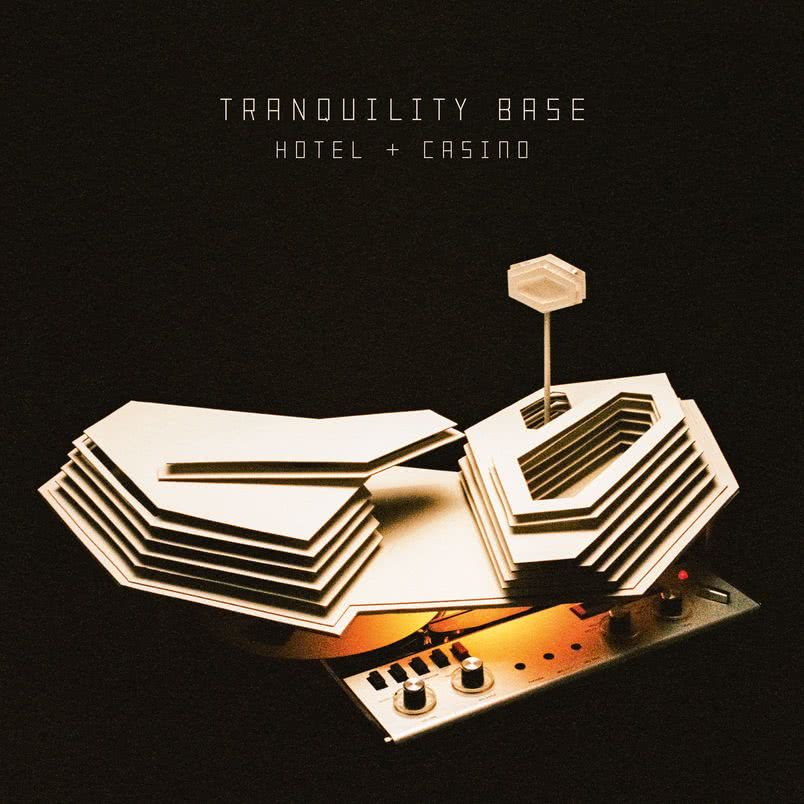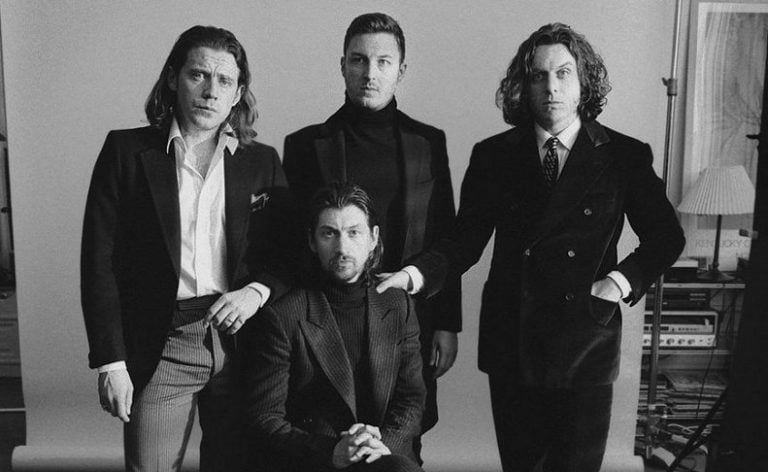For a band of teenagers who blew up due to demos posted on MySpace; whose debut album was a series of kitchen sink dramas mainly concerned with nightclub topics such as imagined robotic dancing, the perils of fitting six people into a taxi (all with greasy late night food nonetheless; a perennial cab sin if ever I’ve seen one), and defusing his girlfriend’s argument/upset face, the Arctic Monkeys have proven to be one of the most successful, interesting, and accomplished bands of the past thirty years.
Ever since album since their rabble rousing debut has seen their sound evolve naturally yet abruptly; the jagged ragged sound of debut Whatever People Say I Am, That’s What I’m Not gave way to the leaner, meaner Favourite Worst Nightmare — a record comparable to Meat Is Murder in its direct, fast-paced heaviness — before going out to the desert with Josh Homme to create the stoned, spacious Humbug (which features the sublime ‘Cornerstone’, still Turner’s best, most affecting song).
Suck It And See took the band’s sound back to the analogue tapes and live takes of the ’60s; a collection of warm pop, before 2013’s AM saw them consolidate all these various strands into a classic, widescreen record which saw the band break America too: selling a million copies and busting onto numerous radio formats.

I can’t tell if I love this cover art or not – which usually means I do.
Five years have passed since AM — the band certainly cannot be accused of capitalising on this US. success with a quick-fire follow up — and today the band released their sixth album Tranquility Base Hotel and Casino. It is their most severe departure to date, although the term severe seems unsuitable, given how lush this record is.
Love Music?
Get your daily dose of metal, rock, indie, pop, and everything else in between.
Sonically, the record blends mid-70s Bowie, Jarvis Cocker’s more warbling, tweed-suit moments, and lush, expansive records like Sean Lennon’s Friendly Fire, The Sleepy Jackson’s Lovers, early Mercury Rev, and a more gentle, less psychedelic The Soft Bulletin. There’s also a fair bit of ‘Mind Games’ in there, too.
This is a mood album up there with the very best of them – it contains less “songs” — in which we mean radio singles, verse chorus verse songs, singalong hooks — but a deeper level of songcraft. Like all the best songwriters, Turner doesn’t mind wandering in the woods for a while on this album – that it was written on a piano rather than on guitar is very critical to this album’s construction and sound.
The closest thing to a single — the excellently-named ‘The World’s First Ever Monster Truck Front Flip’ — is also arguably the weirdest track on the album, oscillating between swoony, crooning Bowie-esque sections and jaunty fairground interjections that straddle ‘Being For The Benefit Of Mr. Kite’ and Pet Sounds’ two instrumental tracks. These are heady comparisons, for sure, but this is a heady album.
Speaking to Rolling Stone, Turner namechecked a trio of records released between 1967 and 1975 as his major influences on this record: Gainsbourg’s Histoire de Melody Nelson, Dion’s Born to Be with You and François de Roubaix’s Le Samouraï score, and this album certainly sounds plucked from that particularly inventive era.
It was a time when artists shifted from writing hit singles to treating the album as a work of art in its own right – meant to cling together as a whole, with mood being paramount to this experience.
Tranquility Base Hotel and Casino is a slow burner, an album that will reveal itself more and more over subsequent listens. It certainly doesn’t belong in 2018, but I’m sure glad we have it here.

































